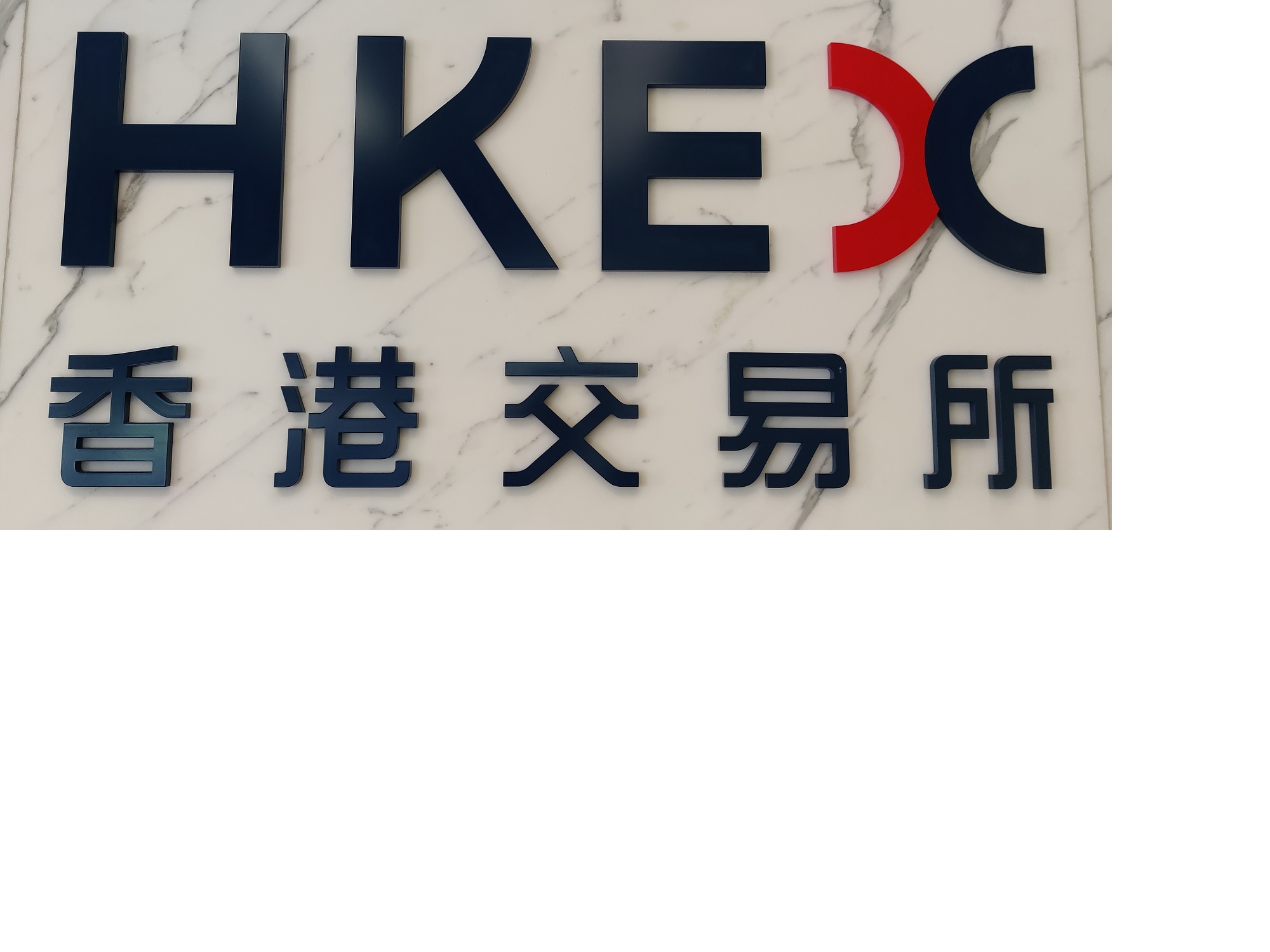
HKEX Considers Introducing SPAC
May 2021
Introduction
Recent years have seen Special Purpose Acquisition Company (“SPAC”) becoming one of the hottest fundraising trends in the capital market. SPACs are shell companies without business operations formed to raise capital in an IPO with the purpose of using the proceeds to acquire promising private companies who would thus indirectly be taken public. According to data from a SPAC statistics agency, SPACs raised over US$80 billion capital in 2020 and accounted for almost half of the total IPO proceeds raised in the United States during that year.
With the unprecedented surge in the use of SPACs across the globe, The Stock Exchange of Hong Kong Limited (“HKEX”), with an aim to enhance the competitiveness and attractiveness of the IPO market in Hong Kong as one of the international fundraising centres, is also reportedly planning to consult the market on SPAC listing in June 2021 and roll out its listing regime by the end of this year. However, taking into account HKEX’s most recent measures implemented to reinforce its stance against backdoor listing, HKEX would need to revise the Rules Governing the Listing of Securities on The Hong Kong Stock Exchange (the “Listing Rules”), such that a suitable SPAC listing could be distinguished from other forms of backdoor listing, and that appropriate regulatory framework and approval standards could be put in place to maintain market quality.
This article will briefly compare SPAC listing with other forms of backdoor listing and introduce HKEX’s potential considerations as regards whether to introduce SPAC listing in Hong Kong.
What is a SPAC?
In a traditional IPO, a private company goes public with the purpose of raising capital for its business expansion, whereas in the case of a SPAC, a shell company goes public with the purpose of raising capital to acquire a private company, who would thus indirectly be taken public (the “de-SPAC transaction”). The main factors of whether a SPAC could attract market capital include, among other things, the reputation, track record and experience of its management team.
How a SPAC Works?
The main participants of a SPAC include sponsors, management team and public investors. Sponsors are responsible for funding the operation and listing of the SPAC, and assembling a professional management team with experience in private equity, mergers and acquisitions and business operations. The SPAC will then go through the traditional IPO process by making a listing application to the stock exchange, and the IPO proceeds will be held in a trust or escrow account and may be invested in low risk government securities until being released to fund the de-SPAC transaction or returned to public investors.
A SPAC must complete the de-SPAC transaction within a prescribed time period, usually within 24 months following its IPO, otherwise the SPAC would be liquidated and the IPO proceeds (including interest) would be returned to public investors on a pro rata basis, whereas various SPAC expenses such as listing fees would be borne by sponsors. Furthermore, sponsors would not be compensated or remunerated unless the de-SPAC transaction is completed.
A SPAC would issue founder shares and warrants to sponsors in return for the sponsors sponsoring the SPAC in its pre-IPO stage. In practice, sponsors would subscribe founder shares at a nominal cash consideration, usually at a deep discount to the cost of public shares, which upon completion of the de-SPAC transaction would be converted into public shares, thereby resulting in an extraordinary “promotion” in sponsors’ equity interest in the SPAC. The potential return on such nominal investment is sponsors’ main source of return in a SPAC project. Furthermore, a SPAC would issue units consisting of common shares and warrants to public investors who could potentially be benefitted from the rising share prices upon completion of the de-SPAC transaction.
SPAC listing is faster and cheaper than traditional IPO. It also provides a safe exit mechanism to public investors who could recoup all their investments (and interest) in the event of an unsuccessful de-SPAC transaction. However, given that sponsors would not be compensated or remunerated unless the de-SPAC transaction is completed, and that compulsory liquidation by virtue of an unsuccessful de-SPAC transaction might have negative impacts on sponsors’ reputation and track record, sponsors may be inclined to push through a de-SPAC transaction within the prescribed time period irrespective of the quality of the acquisition target or the consideration to be paid, which might negatively affect the share prices upon completion of the de-SPAC transaction. Public investors who consider the de-SPAC transaction not in their best interest can vote against the de-SPAC transaction or request the SPAC to redeem their respective public shares.
SPAC Listing and Backdoor Listing
In Hong Kong, backdoor listing generally refers to a series of transactions through which a party acquires a public shell company (usually with poor operational and financial performance), followed by the injection of a new business into the shell company and eventually by the disposal of the original businesses back to the original shell company owner. Although both SPAC listing and backdoor listing involve the injection of a private company into a public shell company while avoiding the traditional IPO process, the shell companies involved in SPAC listing, unlike in the case of backdoor listing, are generally clean vehicles with no business operations or debt obligations whatsoever.
Consideration regarding Introduction of SPAC listing in Hong Kong
HKEX has taken a committed stance against shell activities in recent years, with the publication of various guidance letters such as GL78-14 and GL84-15 targeted at regulating and restricting shell activities. In 2019, HKEX also tightened the then Listing Rules and further restricted backdoor listing.
The intent of HKEX’s committed stance against shell activities in recent years is to prevent private companies from going public with the use of shell companies while avoiding the traditional IPO process and regulators’ vetting. Both SPAC listing and backdoor listing involve the backdoor entry of a private company into the stock market and thus SPAC listing seems to be a direct conflict with HKEX’s current stance on backdoor listing.
SPAC listing also contravenes Rule 14.82 of the Listing Rules, which provides that where the assets of a listed issuer (other than an investment company as defined in Chapter 21 of the Listing Rules) consist wholly or substantially of cash and/or short-term investments, it will not be regarded as suitable for listing and trading in its securities will be suspended.
However, unlike other forms of backdoor listing which HKEX found undesirable and prejudicial to market quality, the use of SPACs will not create shell companies with unsustainable businesses or no investment merits. In addition, the rights of public investors in SPACs can also be properly safeguarded through due diligence and public investors’ veto powers.
Conclusion
With the unprecedented surge in the use of SPACs across the globe, HKEX may soon consult the market on SPAC listing. It will be interesting to see how HKEX proposes to revise the Listing Rules and put in place appropriate regulatory framework and approval standards to accommodate SPACs. Our capital market team will closely follow such development.


